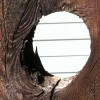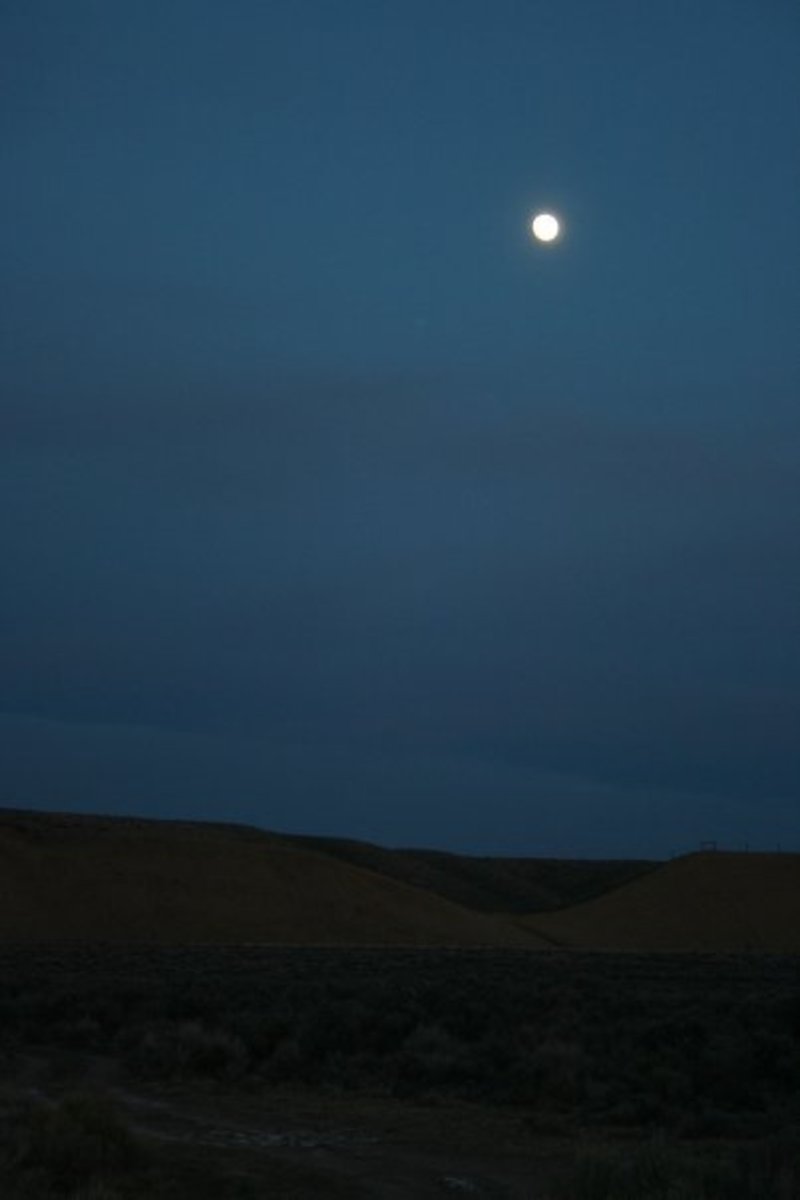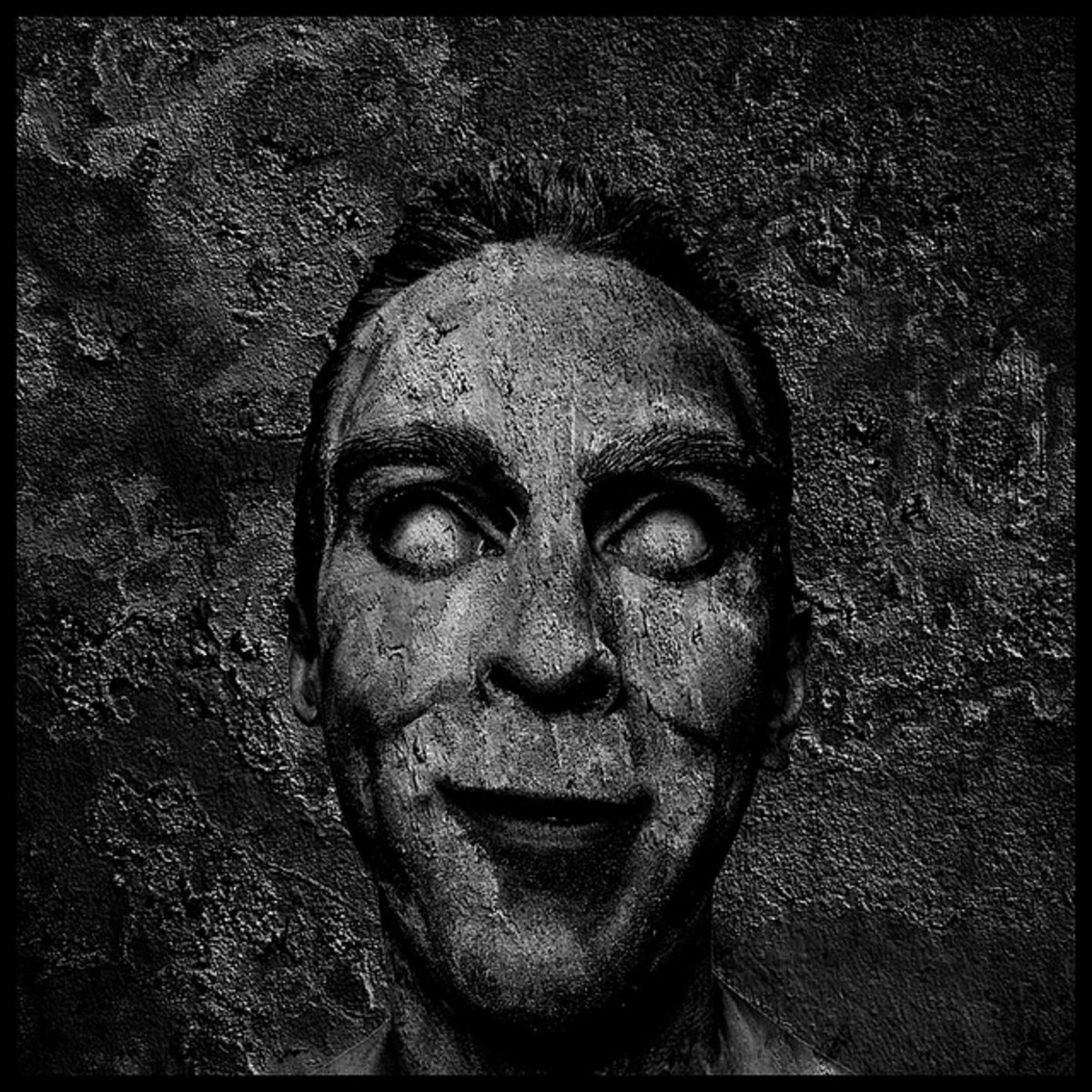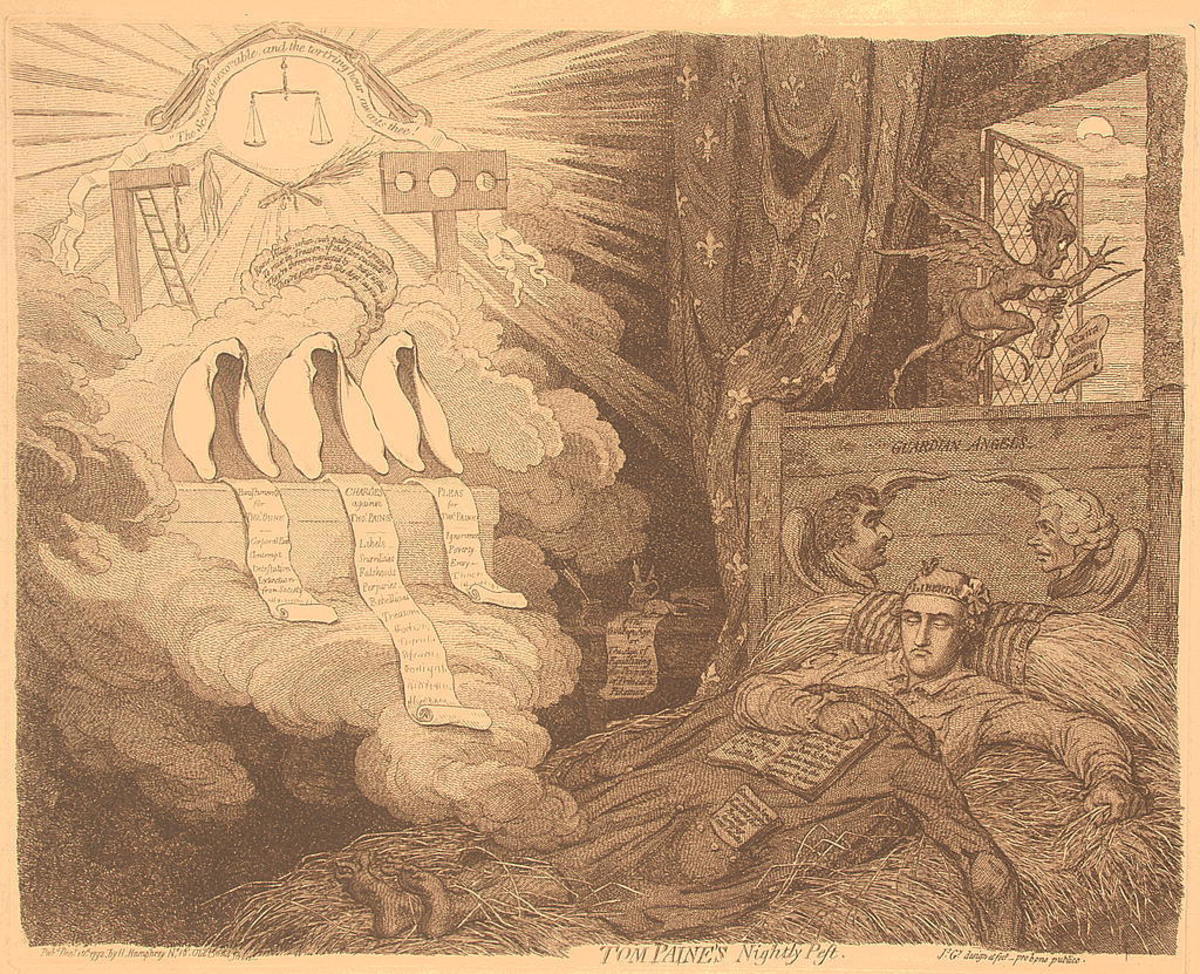What to Expect at Your Sleep Study
Sleep Study Equipment for Standard PSG Hookup
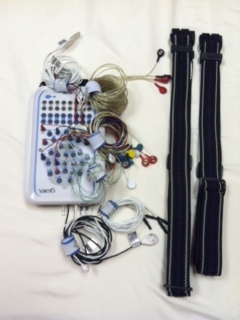
Basic Description of a Sleep Study.
Most commonly a sleep study is an overnight test administered by a Sleep Lab Technician that collects information from the brain, muscles, respiratory system, & heart during sleep. The data collected summarizes how well the monitored systems of the body are functioning during sleep, sleep continuity, & origins of sleep disruption.
There are also sleep studies that are performed during the day that similarly to the night studies collect information from the brain, heart, & muscles throughout a series of naps. The data collected from the day studies are used to determine a patients ability to remain alert throughout the day.
Sleep Study Environment
Sleep studies can be performed at private sleep labs, hospitals, and sometimes in hotels / motels / inns. In some instances sleep studies can also be collected in the patients home with a portable data collection system.
A patient will placed in an interior room with a bed. The room in most cases will reflect the characteristics of typical sleeping quarters as much as possible. Most sleep labs try to make their accommodations as comfortable as possible to promote a normalized nights sleep for the patient.
Some sleep labs offer accommodations for a guest to stay in a separate bed in the patients room. This scenario is usually reserved for parents of pediatric patients, & caregivers for elderly or disabled patients.
Snap Leads & Adhesive Foam Electrodes
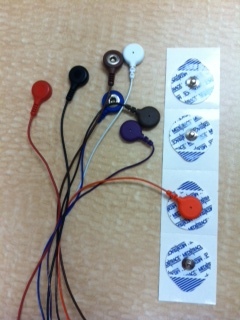
Cup Electrode & Conductive Paste
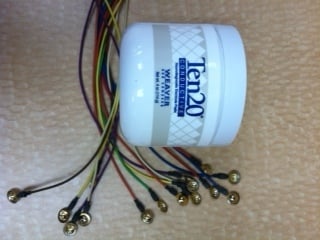
Upper Respiratory & Blood Oxygen Sensors
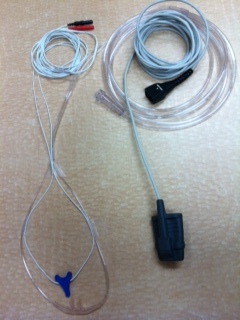
Sleep Study Hookup
Upon arriving for your sleep study you will be shown to your room where you will be allowed time to get settled in and prepare yourself for sleep by changing into nightclothes, using the bathroom, washing up, taking medication, etc..
Once prepared for sleep your Sleep Lab Technician will explain the basics of the study ahead and begin the electrode and sensor hookup.
Hookup consists of:
- Cleaning the sites on your head, face, and body where electrode wires will be placed usually with a conductive cleaning gel, and or alcohol prep pads & sandpaper tape. The areas on the body & face will be gently wiped clean removing dead skin cells and surface oils from the skin to promote excellent conductivity once electrodes are placed.
- Placement of lead wires on head, body, & face. Lead wires are placed with foam electrode stickers and or electrode paste and tape depending on the type of lead wires being used in the study. Snap electrodes will requires foam electrode stickers, and cup electrodes will require conductive paste & tape.
- Central respiratory effort belt sensors will be placed. One belt will be placed around the abdomen & the other around the chest, these sensors will pick up the movement of the chest & abdomen during respiration.
- A Body position sensor will be placed to record the position a patient is laying throughout the night.
- A snore sensor/ or snore mic will be placed to detect & record the presence of snoring.
- Upper respiratory sensors will be placed. Upper respiratory sensors most often consist of a Nasal Cannula (Tubing that has small prongs that protrude slightly into the nostrils) , and a thermistor (a wire that sits below the nostrils). The Upper respiratory sensors can collect data on upper airway pressure, change in temperature between expired air and room air, and in some cases Co2 content in expired air.
- After all of the sensors are attached the monitoring equipment will be activated and the technician will evaluate the strength & accuracy of the signals from the leads and sensors, the technician will make adjustments as needed at this time.
- Calibrations are the final step in a sleep study hookup. Calibrations are a set of instructions delivered by the Technician to the patient, requesting the patient moves & breaths in certain ways in order to create record of how each individual shows up on the study, and to double check that monitoring equipment is functional.
The number of, and types of sensors and electrode leads used during a sleep study may vary depending upon the monitoring system being used, and the type of study being performed. The variety of possible Sleep Study types with a brief description of each are listed below.
Types of Sleep Studies
Most Common Sleep Study Types
- PSG - Polysomnography: Collects data from the brain, muscles, heart, & respiratory system overnight. This test is generally used to identify or rule out a variety of potential conditions that can cause fragmented sleep.
- CPAP Titration - Constant Positive Airway Pressure: Collects data from the brain, muscles, heart, & respiratory system overnight while the patient is wearing a CPAP mask during sleep. The CPAP machine pressure will gradually be increased throughout the night by the lab technician. This test is generally used to determine appropriate CPAP pressure to be used long term for a patient.
- Split Night - Polysomnography / Constant Positive Airway Pressure: Collects data from brain, muscles, heart & respiratory system for the first half of an overnight study. If patient meets respiratory conditions, or protocols that have been set by the lab in the 1st half of the study a CPAP mask will be placed on the patient for the remaining portion of the study, and the CPAP machine pressure will gradually be increased until study end. This study is generally used to both identify or rule out causes of fragmented sleep, and in the case that respiratory events (Apneas - instances in which a patient temporarily stops or reduces breathing) are prevailing sleep fragmentation issues in the 1st half of the study the CPAP is used to measure a patients tolerance of the CPAP, improvement of respiratory events, and optimum CPAP pressure for a patient.
Other Sleep Study Types
- EEG, Electroencephalogram: Test focuses on the collection of detailed brainwave activity during sleep. This test is generally used to detect / pinpoint, or rule out the presence of brainwave disturbances that effect sleep continuity.
- BIPAP Titration, Bi level Positive Airway Pressure: This test is the same as a CPAP study mentioned above except that a patient will receive the CPAP the positive airway pressure via the CPAP mask at a higher pressure when breathing in, and a lower pressure when breathing out.
- ASV Titration, Auto Servo Ventilation: This study is similar to a CPAP but administered in a mode in which the CPAP machine learns from and adjusts accordingly to patients breathing pattern. This study is generally used for patients who have neuro muskulo or respiratory effort (Central Apnea - muscles in chest & abdomen stop moving air in & out) induced breathing issues during sleep.
- MSLT, Multiple Sleep Latency Test: Administered during the day, this test collects data from the brain, limited muscles, heart, & sometimes blood oxygen levels. This test is generally used to identify or rule out Narcolepsy in a patient, or identify or rule out other possible causes for excessive daytime sleepiness.
- MWT, Maintenance of Wakefullness Test: Administered during the day, this test collects data from the brain, limited muscles, heart & sometimes blood oxygen levels. This test is generally used to gauge a patients overall ability to remain alert throughout the day.
Sleep Time / Observation
After the hookup is complete the study is started, and the patient is left alone to relax and fall asleep at will.
The patient is monitored by both the monitoring equipment that has been attached to their body, and a video monitoring system. The Sleep Lab Technician keeps an eye on both the studies data signals throughout the night and activity on the camera.
- If signals go bad on the study the technician will enter the room and adjust the sensors or electrodes as needed throughout the duration of the study.
- If the technician notices that the patient is in distress or is requesting help via the camera the technician will also enter the room and tend to the situation accordingly. Most commonly a patient may require assistance if they need to use the rest room in the night. In such a case the technician will disconnect the monitoring equipment from any wall plug ins allowing the patient to be temporarily mobile while keeping the sensors and leads attached.
A patient is left to sleep as normally as possible during observation time, laying in whatever direction is most typical and comfortable, the technician will take care of any issues that may arise regarding lead or sensors coming off during movements so the patient is allowed to relax & be free of worry about any possibility of leads falling off.
Wake up, Sleep Study End
A Sleep study comes to a close by being awakened. In most cases the patient is awakened by their technician when enough study data has been collected for the study to be considered complete. In some cases the patient awakens on their own.
Upon awakening the technician begins to remove all of the leads sensors and electrodes from the patients body. Once all of the sensors and electrode leads are removed the patient is free to get up and get ready to go home. Some labs may present the patient with paperwork to fill out after the study has been completed. Once all post study paperwork is done and the patient is ready they may leave.
As for the collected study itself, it will be summarized by a scoring technician, and the summary of the data will be handed over to an interpreting doctor. The doctor will use the summarized data to create a diagnoses or rule out the existence of conditions that did not present themselves as a factor for the patient, the doctors conclusions will then be communicated to the patient and treated accordingly.
